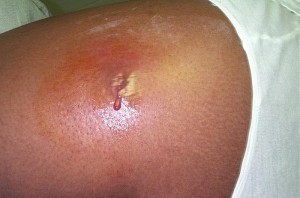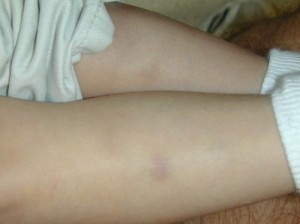What Causes Macrodactyly?
Definition
Macrodactyly is an uncommon birth defect in which toes or fingers are abnormally large due to overgrowth of underlying bone and soft tissue-particularly the nerves, fat and skin of the involved digit or digits. It is more commonly considered static, with the enlarged digit (finger or toe) continuing to grow at the same rate as the normal digits of the hand, but it can be progressive, with the affected digits growing faster than the rest of the hand. In the static type, the involved digits are generally about 1 1/2 times the normal length and width of the normal digits. If the condition is progressive, the involved digit or digits can become enormous.
Hands are more commonly involved than feet. Most of the time, only one hand or one foot is affected, but usually more than one digit is involved. It may coexist with syndactyly, a condition in which two fingers or toes are fused together.
Causes of Macrodactyly
Several theories exist about the cause of macrodactyly. Some believe that the condition is due to an abnormal nerve supply to the affected digit while others blame an abnormality in the blood vessels and blood supply in the area. Although neither theory have been proven, some evidence does suggest that nerves have some control over the growth of tissue.
Even though it occurs at birth, macrodactyly is not an inherited condition. It can occur in association with neurofibromatosis and vascular malformations. Children with multiple echondromatosis, Maffuci syndrome and tuberous sclerosis can have enlarged digits.
Most cases of macrodactyly are apparent soon after birth, although occasionally, the progressive type may not be detected until later in infancy, when relentless enlargement occurs. Your baby’s doctor will want to perform the following diagnostic tests of the affected area to note the underlying layers of tissue that are enlarged: X-rays- and Magnetic Resonance Imaging (MRI).
The long-term outlook for a child treated for macrodactyly varies from child to child, depending on how severe the problem is. Generally speaking, you and your child can expect an overall improvement in appearance and function. However, it is rare to attain perfect size and function of the involved digit(s).






